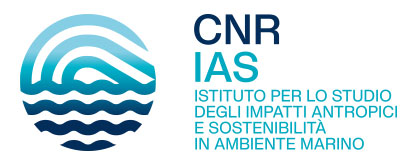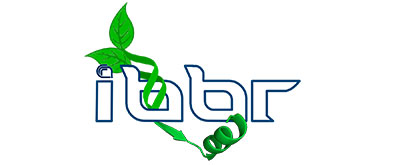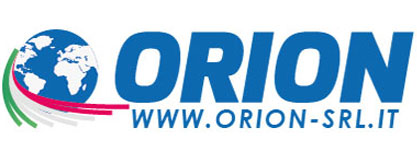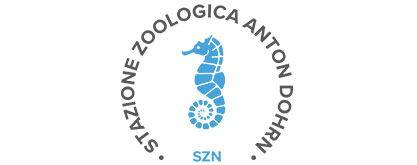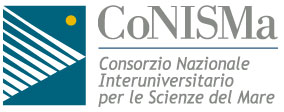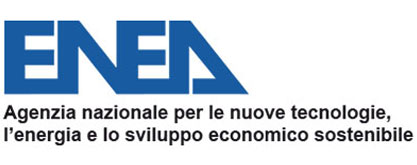Recovery of degraded marine-coastal areas
Development of integrated actions for environmental mitigation / recovery of degraded marine-coastal areas through the restoration of Posidonia oceanica meadows
Recovery of degraded marine-coastal areas
Development of integrated actions for environmental mitigation / recovery of degraded marine-coastal areas through the restoration of Posidonia oceanica meadows
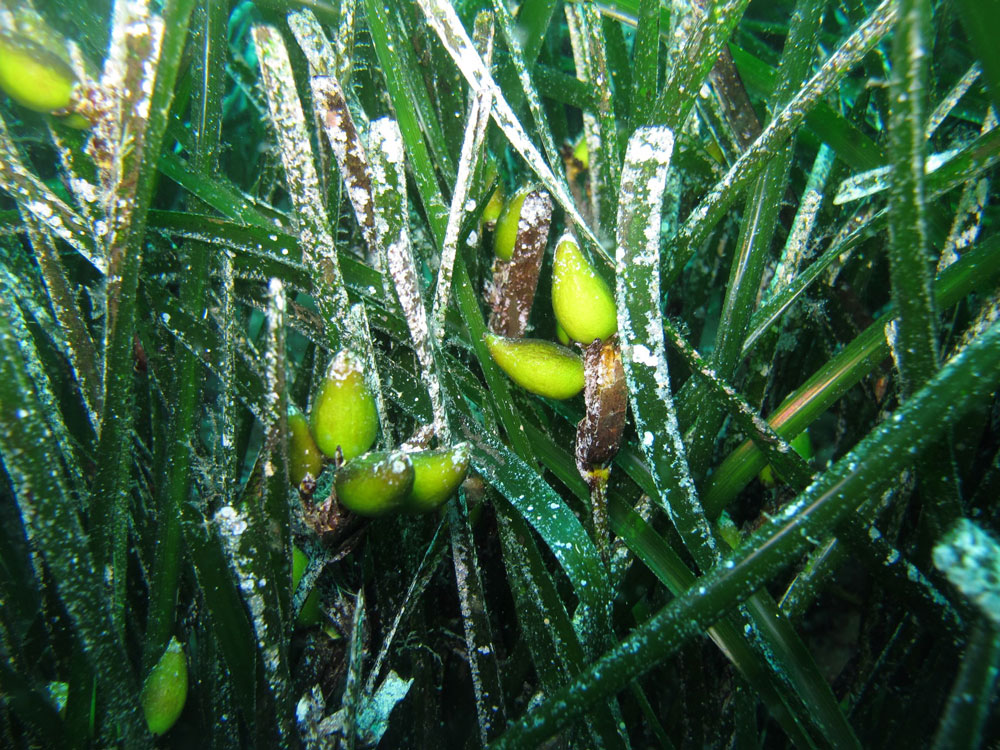
The Project will take care of restoring degraded seabed through reforestation interventions with Posidonia oceanica.
The project involves the use of a system made of biodegradable plastic (bioplastic) for fixing, in rapid and effective form, Posidonia oceanica cuttings on the seabed, in order to ensure the rooting and growth of the plant and to facilitate the natural development dynamics of the prairie.
The most efficient techniques will be identified to remove external contaminants from Posidonia oceanica seeds in order to prolong the conservation of seeds in sterile conditions.
The project will identify ways of breeding shoots of the plant in the aquarium, aimed at reducing mortality caused by infections, and to identify optimal substrates for the rooting and growth of seedlings that can also be used for sea transfer.
Within this macro-sector, the aim is also to investigate the role of polymorphism and genetic diversity in defining transplant performance, developing investigation tools for the early identification of the plant’s response to environmental stress.
The Project will take care of restoring degraded seabed through reforestation interventions with Posidonia oceanica.
The project involves the use of a system made of biodegradable plastic (bioplastic) for fixing, in rapid and effective form, Posidonia oceanica cuttings on the seabed, in order to ensure the rooting and growth of the plant and to facilitate the natural development dynamics of the prairie.
The most efficient techniques will be identified to remove external contaminants from Posidonia oceanica seeds in order to prolong the conservation of seeds in sterile conditions.
The project will identify ways of breeding shoots of the plant in the aquarium, aimed at reducing mortality caused by infections, and to identify optimal substrates for the rooting and growth of seedlings that can also be used for sea transfer.
Within this macro-sector, the aim is also to investigate the role of polymorphism and genetic diversity in defining transplant performance, developing investigation tools for the early identification of the plant’s response to environmental stress.
